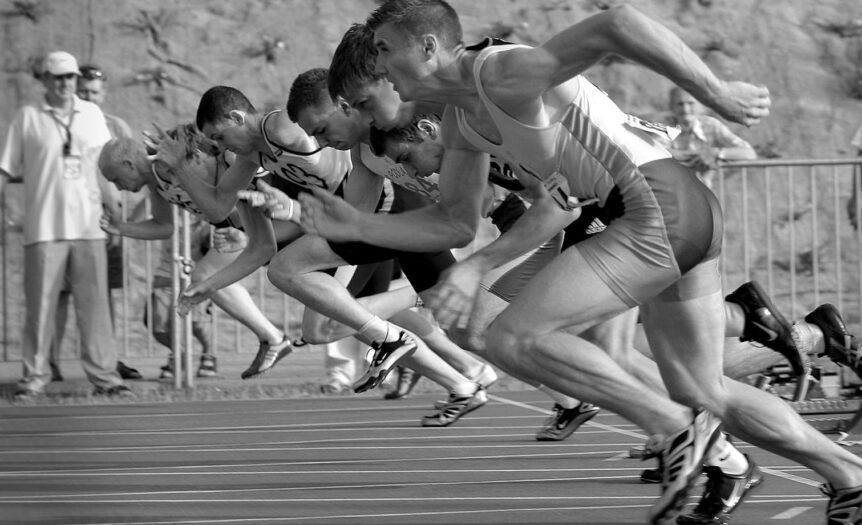Traditionally, a sauna or steam room is included in an athlete’s regimen alongside workouts and massages, contributing to maintaining good physical fitness. Nearly all professional athletes will tell you this, and sauna use can also be highly beneficial for amateurs.
If you’re not just interested in sports but also bet on specific events, it’s worth checking out the website Melbet ph. This bookmaker offers a very good line with high odds.
Now, back to our topic.
Why saunas are important for athletes and those engaging in physical activities
For athletes, saunas hold significant importance for several reasons.
Firstly, temperature variations, dry and moist air, the use of birch brooms, and birch broom massages have a comprehensive positive impact on the body. Athletes particularly prefer saunas. The difference lies in the fact that saunas have dry air and higher temperatures, which are much more effective on the body compared to the moist air in steam rooms.
The impact of high temperatures improves blood circulation in muscles, helping to remove metabolic byproducts such as lactic acid more quickly. This reduces discomfort in muscles, provides a feeling of relaxation and rest. Regular sauna visits promote faster muscle recovery, helping to reduce the fatigue period.
Saunas are also beneficial for joints, increasing their flexibility and elasticity. They play a vital role in the prevention and rehabilitation of injuries in athletes. Specifically, saunas are an effective method of rehabilitation after impacts and strains.
A sauna’s specific role, which is crucial for boxers and wrestlers, is weight control. Saunas are highly effective at burning fat tissues, allowing athletes to shed a few extra kilograms to fit into a weight category.
How to properly use a sauna?
During sauna visits, it’s important to consider your current state and the type of upcoming workout (and its timing). For example, if you’re feeling heavily fatigued, it’s not recommended to visit the sauna. The same applies before an intensive workout.
Studies conducted on healthy trained men have shown that sauna use before a workout can significantly reduce your muscular endurance. This is particularly important to consider if you plan to do exercises that require significant physical effort, such as bench presses or leg presses. Currently, there is considerable debate about the advisability of sauna use within a few hours before a workout.
The high temperature in a sauna after an intense workout can increase blood pressure and heart rate, creating additional stress on your body, especially your cardiovascular system. Therefore, after intensive workouts, it’s recommended to refrain from visiting the sauna, at least for several hours. If your workout was light, a sauna visit can help alleviate muscle fatigue, but even then, it’s important to observe an interval between your workout and sauna visit to allow your cardiovascular system to return to a calm state.
It’s optimal to visit the sauna on rest days. The absence of physical exertion during such times allows your body to recover without overloading the heart. Additionally, you can maintain and follow a proper eating schedule. This approach promotes muscle recovery after workouts, improves blood circulation, and helps relieve stress.
For quick recovery after physical exertion, it’s recommended to have 1-2 sauna sessions of 5-10 minutes each with an air temperature of 70-90 °C and humidity of 5-15%. After this, take a warm shower and have a massage for 15-25 minutes.
Contraindications
Sauna use is contraindicated in cases of flu, angina, severe exhaustion after heavy workouts, concussion, high blood pressure, furunculosis, injuries to the musculoskeletal system with pronounced hemarthrosis, muscle injuries with pronounced hematoma, and other situations.

The use of a sauna in such cases is only possible with a doctor’s permission.
Of course, each sauna visit by a professional athlete should be coordinated not only with a doctor but also with a coach and a physical fitness specialist.









